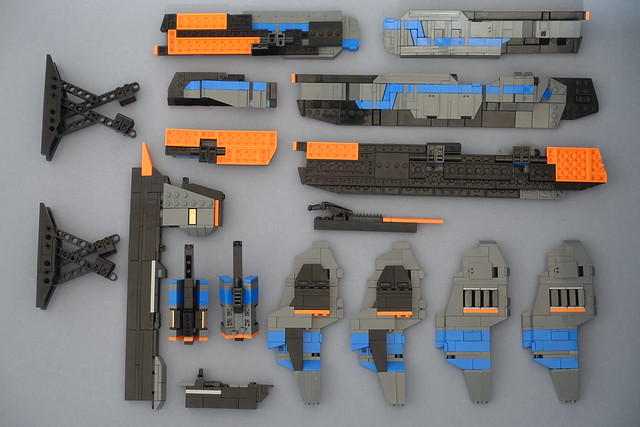LDR Sensor: Making Light Detection Possible
Introduction:
Light Dependent Resistor (LDR) sensors, also known as Optoresistor sensors, Photosensitive resistor sensors, Light- ldr sensor resistor detectors, or Luminosity resistor sensors, are widely used in various industries and applications. These versatile devices offer significant advantages in light detection and play a cr ldr sensor ucial role in many electronic systems. In this article, we will explore the manufacturing process of LDR sensors, their characteristics and benefits, how to use them effectively and select the right product for your specific needs.
Manufacturing Process:
The creation of an LDR sensor involves several stages. Firstly, a thin film of semiconducting material is deposited onto a ceramic substrate Photosensitive resistor sensor through vapor deposition techniques such as chemical vapor deposition (CVD) or physical vapor deposition (PVD). This film is typically made from compounds like cadmium sulfide or cadmium selenide that exhibit high photoconductivity properties.
Once the thin film has b

een coated onto the substrate uniformly, it undergoes annealing where it is heated to high temperatures to enhance its electrical conductivity. Next comes the wiring process where electrodes are plated on both ends of the substrate using metals like gold or aluminum. Finally, packaging ldr sensor is carried out to protect the delicate components from external factors such as moisture and contamination.
Characteristics:
LDR sensors possess unique characteristics that make them suitable for numerous applications. One significant trait is their sensitivity to light intensity variations across a wide range of wavelengths. They can detect not only visible light but also near-infrared radiation accurately.
Furthermore, LDRs have excellent linearity between light intensity changes and resistance variation. This attribute allows for precise measurement outputs w ldr sensor hen used with appropriate circuitry.
Advantages:
The main advantage of using LDR sensors lies in their simplicity and reliability. Due to their passive nature – not requiring any power inputs – they are highly energy-efficient devices that can be easily integrated into existing electronic systems Light-resistor detector . They also boast a long lifespan, low maintenance

requirements, and relatively low cost compared to alternative light detection technologies.
Usage:
LDR sensors find applications in various fields. From automatic outdoor lighting systems that adjust based on ambient light levels to cameras and burglar alarm systems that trigger upon detecting sudden changes in the illuminated environment, LDR sensors play an indispensable ro Optoresistor sensor le.
How to Select the Right Product:
When choosing an LDR sensor, it is crucial to consider certain factors. Firstly, determine the operating wavelength range required for your specific application. Ensure that the sensor’s spectral response matches your desired det ldr sensor ection range. Secondly, assess the sensitivity of the sensor by examining its resistance variation with respect to different illuminance levels.
Also, confirm whether the LDR sensor offers suitable reliability and durability for your intended use case. Checking if it meets international standards for environmental conditions such as temperature range and humidity resistance is e ldr sensor ssential.
Conclusion:
LDR sensors have revolutionized light detection due to their exceptional characteristics and ease of integration into various electronics products/systems. The manufacturing process involving thin film deposition, annealing, wiring processes ensures consistent quality production.
These devices offer high sensitivity across a broad spectrum while maintaining linearity between e

xposure and resistance changes. Their simplicity and reliability make them ideal solutions for applications ranging from smart lighting controls to security alarms.
